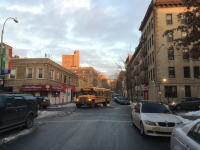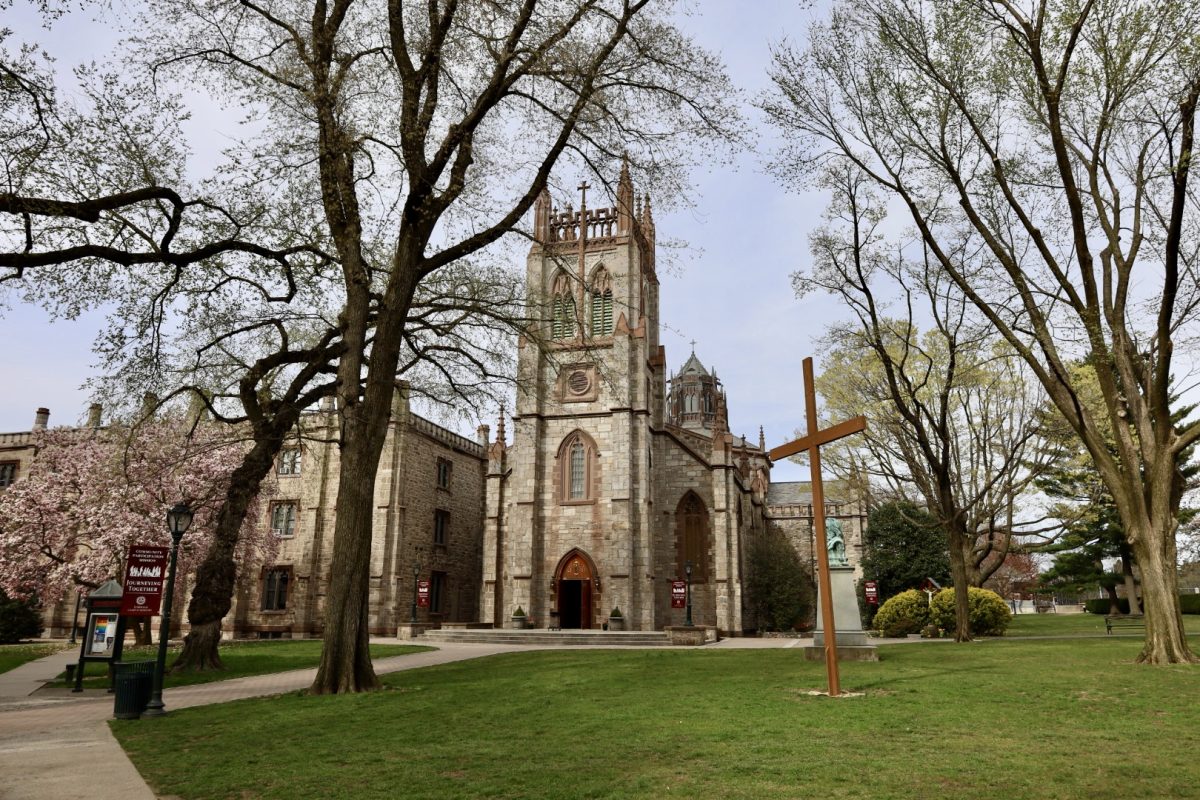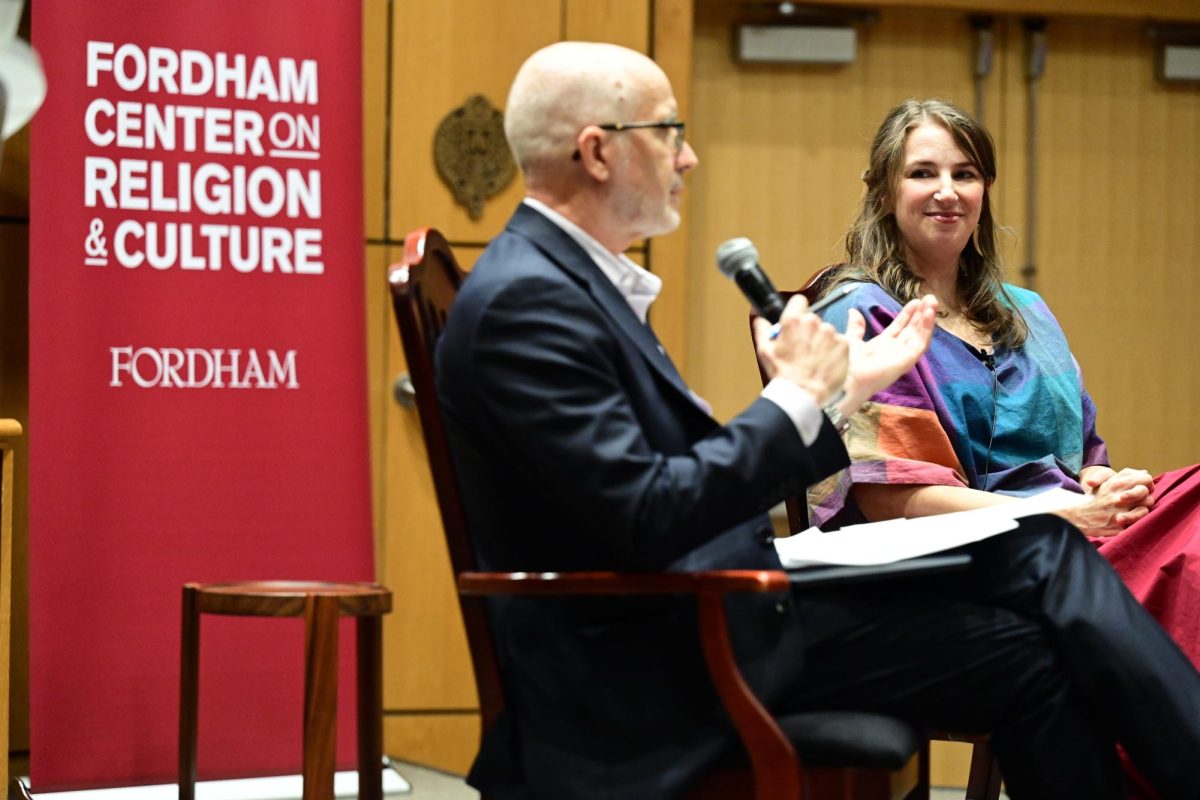
By Jeff Coltin
Rents are rising and more people than ever are living in New York. The fight for housing is taking place on battlefields across the city: the super-tall luxury towers of 57 St., the construction sites of East New York, the Council chambers in City Hall and right here in Rose Hill’s West Bronx home.
Housing is “probably the number one issue across my district,” said State Senator Gustavo Rivera. This month he joined forces with the lawmakers in the Assembly and City Council who overlap his district to create the West Bronx Housing Coalition.
Rivera says the point of pooling resources is two-fold: “making sure we can address concerns of tenants that are certainly common across the entire West Bronx, and second, to really mobilize individuals to try to join the fight to strengthen — at the very least extend, but hopefully strengthen — rent regulation laws in the state of New York since they are expiring this year.”
Rivera said his district, encompassing most of Belmont and other parts of the West Bronx, has the second-highest rate of rent-regulated apartments in the state. “Rent-regulated” is a term referring to both rent-controlled and rent-stabilized apartments.
This housing is affordable as a rule, and in the case of the much more-common rent-stabilized apartments, rent increases are “stabilized” by the city, rising at a more-or-less consistent rate set by the Rent Guidelines Board.
Rivera said keeping this affordable housing is essential for Bronxites.
“If they didn’t have somewhere affordable to live, then they couldn’t be close to the city where all the jobs and everything happens,” he said. “It is incredibly important that we maintain the stock of available, affordable units so that individuals and families can find a place to live and thrive in the city that they work in.”
Domenick LaSorsa, FCRH ’15, knows the West Bronx’s housing crisis intimately. For more than six months, he has worked at the Fordham Bedford Housing Corporation. The corporation manages so-called Section 8 Housing, another form of affordable housing where rent is subsidized through a government program.
LaSorsa says there are 526 apartments at the complex he works at — and a 1,000-person waitlist.
“They can’t really afford to pay rent at other places or they live in shelters and they’re trying to get back on their own,” he said of those applying for housing.
LaSorsa sees the same thing happening in apartments rented by Fordham students. “Even around our own community around Fordham University, rent is increasing every year by large amounts,” he said.
Michael Charboneau, FCRH ’15 has been studying this trend. He is currently writing his senior thesis for the Rose Hill Honors Program on the impact of student movement off campus.
Charboneau said Belmont landlords are actively targeting students because most have financial guarantors and do not default on their payments because of it.
“More than half of the population of Belmont receives some sort of welfare assistance. It’s not a very wealthy area at all,” he said. “So to have these students… it’s a huge disparity. So landlords are increasingly becoming aware of this. You can triple your rent, it’s no problem.”
Charboneau has found the median family income of a member of the class of 2018 is about $150,000, which is more than seven times the median income of $20,933 in Belmont’s community district.
Research is not yet conclusive on what increasing student housing will do to the neighborhood’s housing stock, but it does not seem to worry Rivera too much.
“Fordham students have been coming to Fordham since the school has been there,” he said. “It’s just part of a push that’s happening all across the West Bronx — that’s the problem of changing neighborhoods and changing demographics.”
Rivera cited a growing Mexican population and a decreasing African American population as examples, but said demographics will always change.
“The issue is the people that want to stay,” he said. “How do we make it so they are included in the changes in the community?”





































































































































































































